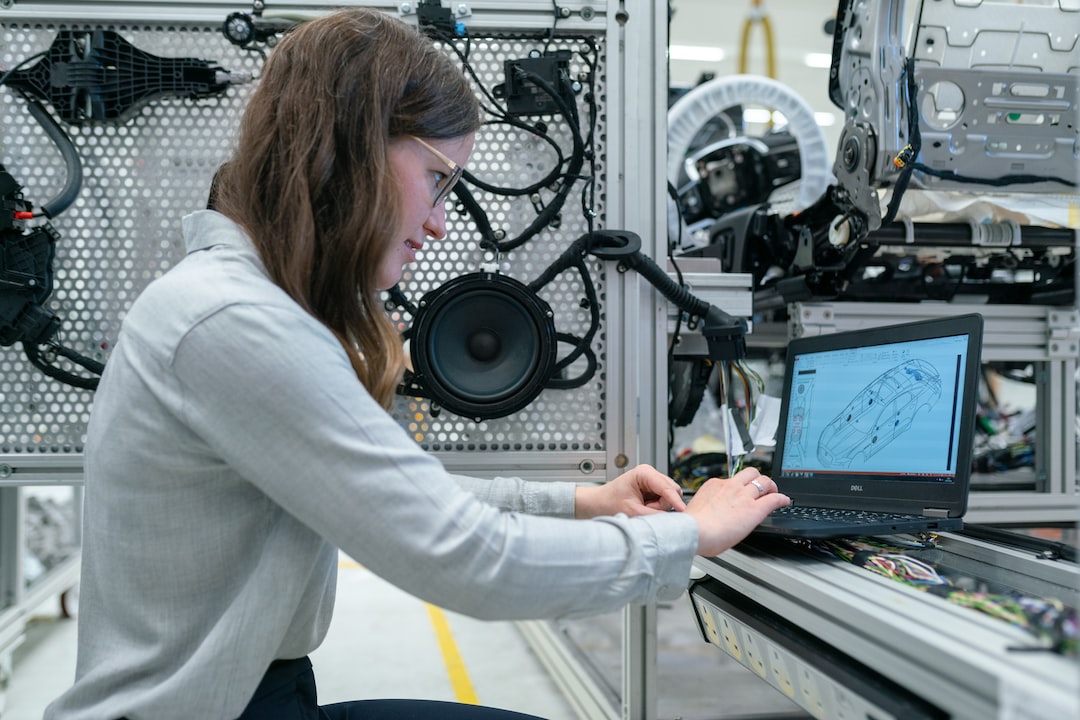Civil engineering has always been a crucial aspect of human civilization, shaping and transforming the world we live in. From building towering skyscrapers to constructing intricate highway systems, civil engineers have played a significant role in the development and progress of modern society.
However, as concerns of climate change and sustainability continue to grow, the field of civil engineering is also evolving to meet the challenges of the future. Sustaining infrastructure is the future of civil engineering as civil engineers aim to create sustainable infrastructure that balances economic growth, environmental protection, and social equity.
The need for sustainable infrastructure is driven by the reality that the world is rapidly changing. With an ever-increasing population, urbanization, and the impacts of climate change, it has become clear that traditional civil engineering approaches cannot sustainably accommodate these changes.
Civil engineers are now working to create more sustainable infrastructure seen through the incorporation of green designs in building projects. Green infrastructure is a term that describes the integration of natural systems into human-built systems. For example, green roofs reduce the heat island effect in urban areas and also provide insulation, improving energy efficiency.
Sustainable infrastructure is also about minimizing environmental impacts. The use of sustainable transportation modes, such as mass public transit systems, bicycle-friendly routes as well as walkability facilities like pedestrian paths help to reduce greenhouse gas emissions and cut air pollution, making cities more livable for all income levels.
Energy efficiency is another pillar of sustainable infrastructure. Civil engineers working on sustainable projects make use of renewable energy such as solar and wind power to reduce carbon emissions and achieve a more eco-friendly infrastructure.
Moreover, sustainable infrastructure projects should also maximize the reuse of materials. Recycled materials not only cut down on waste but also saves energy that would have been required to produce said materials. Civil engineers have been exploring innovative ways to incorporate reused materials into their projects, ensuring long-term sustainability.
Sustainable infrastructure has proven to be an area of innovation, with new technology being developed and integrated into projects. Digital tools such as Building Information Modelling (BIM) have greatly improved project planning and facilitated sustainable design and construction. Engineers can now assess energy performance, natural light penetration, wind flow, and other environmental factors before constructing a building.
Furthermore, civil engineers working towards sustainable infrastructure are mindful of social equity. Sustainable infrastructure projects consider how communities are impacted by development and how development can promote equity, social cohesion, and public safety.
The future of civil engineering lies in sustainable infrastructure; there is a need to balance economic development with environmental protection and social equity. It’s a delicate balancing act, but one that’s necessary for the long-term viability of human existence. The task ahead for civil engineers is to continue to adopt sustainable practices, integrate cutting-edge technology and engage with local communities to create infrastructure that is built to last, better serve and preserve the environment.

